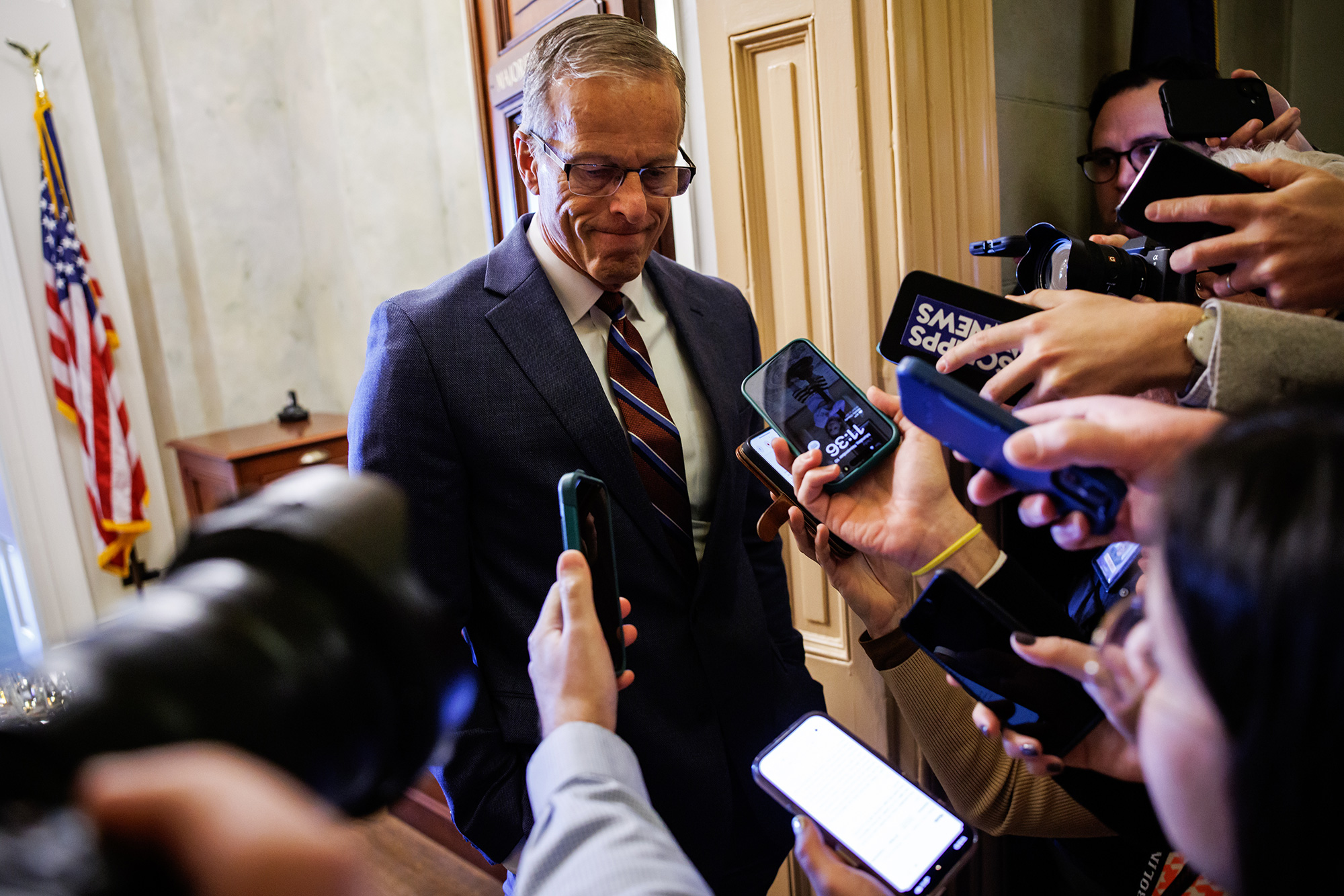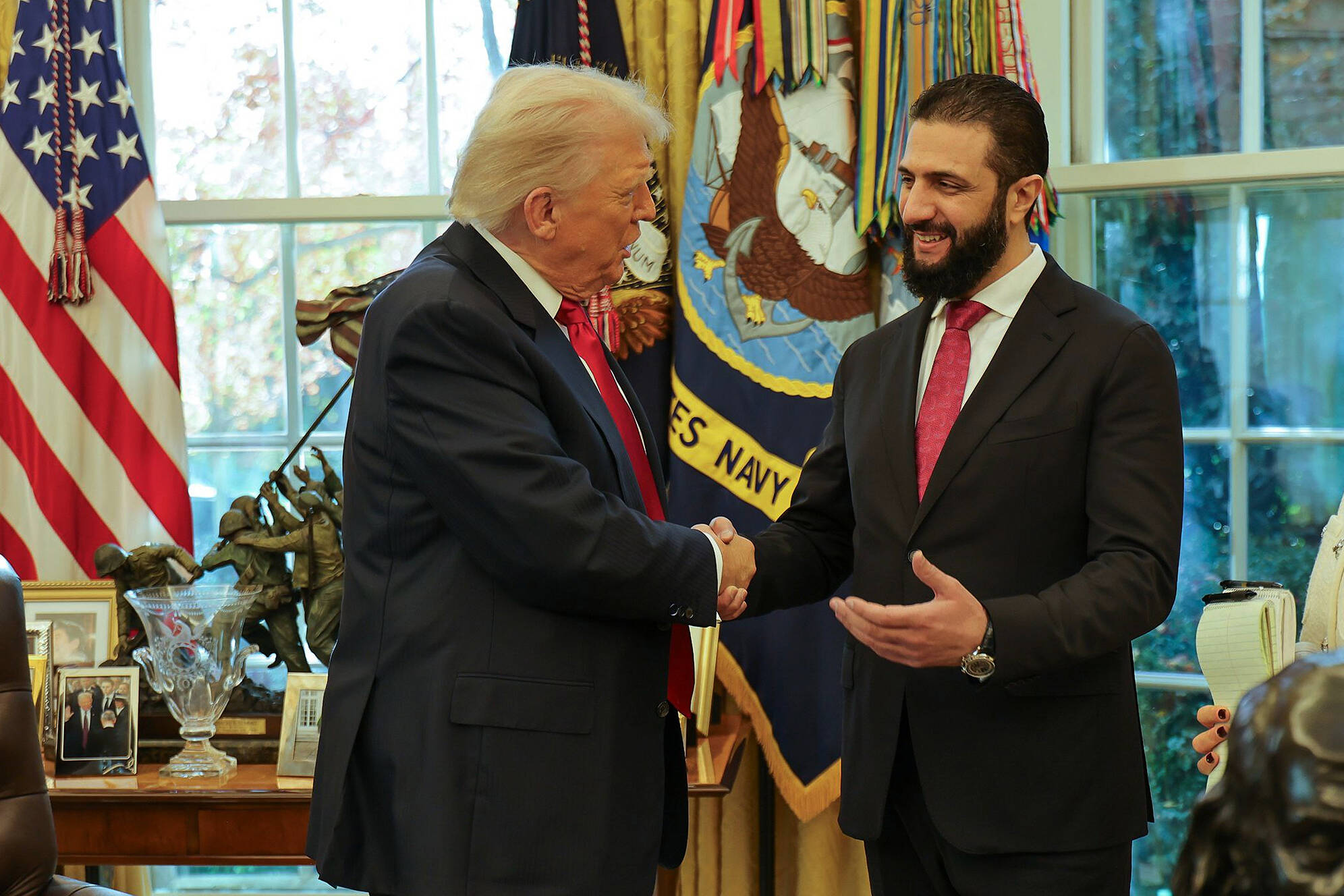President Donald Trump issued an executive order this week that aims to reshape how federal elections are run through two major changes – requiring documentary proof of U.S. citizenship to register to vote and mandating that all ballots be received by Election Day to be counted.
What exactly does this order do? How will voters respond? And – maybe most importantly – how much legal weight does it actually carry?
The stated goal of the executive order is to ensure “free, fair, and honest elections” and to restore public confidence in the process by using the power of the federal government “to enforce basic and necessary election protections.” It includes two major provisions.
First, it directs states to require proof of U.S. citizenship – not just a driver’s license or photo ID, but documentation like a birth certificate or passport – as a condition for registering to vote in federal elections. Second, it says ballots must be physically received by the close of polls on Election Day to be counted. No more postmarked grace periods.
The order also says that states refusing to comply could lose access to federal funds tied to election administration or security.
While it’s been framed as a partisan issue in years past, when it comes to voter ID laws more broadly, there’s actually fairly solid public support. One Pew survey found that 95% of Republicans and 69% of Democrats favor requiring a government-issued photo ID to vote.
But the proof-of-citizenship requirement is different.. According to the Brennan Center for Justice, more than 21 million Americans don’t have easy access to documents like birth certificates or passports. That includes plenty of eligible voters – particularly low-income Americans, the elderly, and naturalized citizens.
As for the Election Day ballot cutoff, many voters and lawmakers do want results faster. But mail delays, military absentee ballots, and last-minute circumstances can all lead to valid votes arriving a day or two late. Whether voters want to toss those out is less clear – and could become a flashpoint if the rule is enforced.
Here’s the ultimate hitch in the executive order: states, not the federal government, run elections. The U.S. Constitution gives them the authority to set rules about registration, voting methods, and ballot counting.
That’s why a growing number of legal experts – and at least a few state officials – are saying the executive order might not hold up. Connecticut Attorney General William Tong called it “illegal” and said the state has no intention of complying.
Then there’s the funding threat. While the order claims that federal dollars can be withheld from states that don’t fall in line, that’s not really how it works. Congress controls the federal budget, not the White House.
For now, some states may try to implement its directives, others will fight it, and the courts will have the final say. In the meantime, this executive order is as much a political signal as it is a policy shift – showing where the fault lines around voting rights and election security continue to run.
Related
Sam Zickar
Sam Zickar is Senior Writer at No Labels. He earned a degree in Modern History and International Relations from the University of St Andrews and previously worked in various writing and communications roles in Congress. He lives in the Washington, D.C. area and enjoys exercise and spending time in nature.




